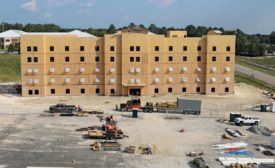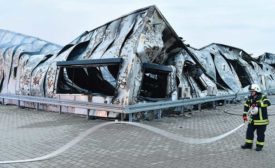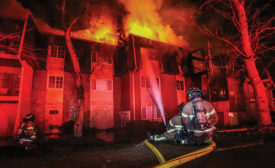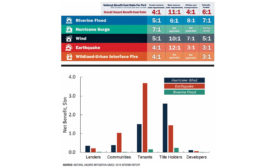Home » hazards
Articles Tagged with ''hazards''
Commentary on Environmental Transparency
Did Paris Disclose Truth About Lead After Notre Dame Fire?
A surprise during my recent vacation
Read More
Legislation
Congress Clears Five-Year Extension for Federal Earthquake Program
November 29, 2018
The latest news and information
#1 Source for Construction News, Data, Rankings, Analysis, and Commentary
JOIN ENR UNLIMITEDCopyright ©2025. All Rights Reserved BNP Media.
Design, CMS, Hosting & Web Development :: ePublishing








